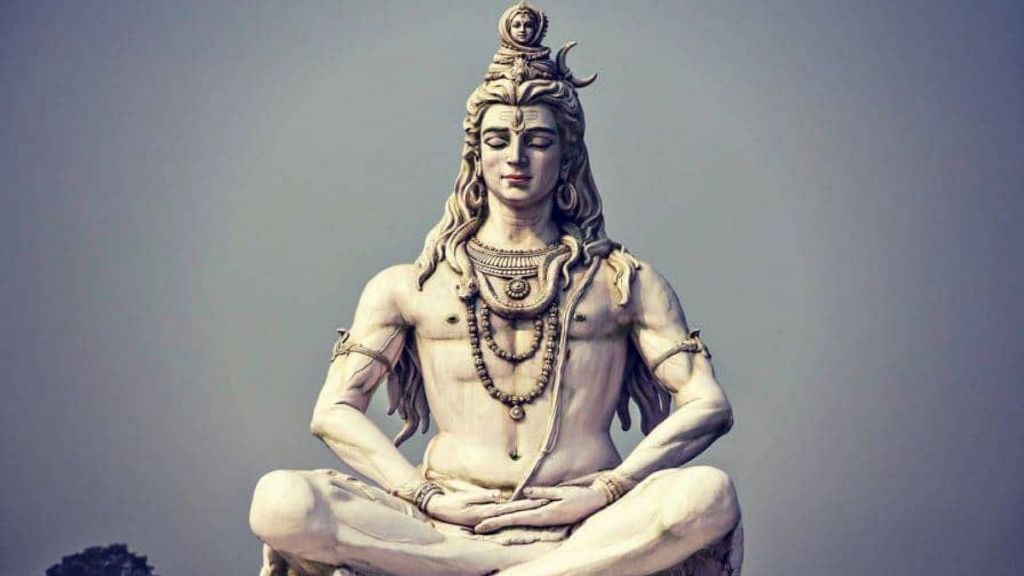
Known among the devout as the Panchakshara or five-syllable mantra, this is also venerated as the mantra for redemption. The five syllables na, ma, shi, va, ya are said to represent the pancha bhoota or five elements: earth, water, fire, air and space. Chanting of this mantra with intense devotion can bring before us the vision of Kailashnath.
And what a magnificent form it is! The puranas tell us that when Shiva came in the traditional baaraat to wed Parvati, the daughter of King Himawaan, Parvati’s mother wept in anger and disappointment to see the ascetic figure smeared in ashes, who had captured the heart of her dear daughter. It was Lord Vishnu who explained Shiva’s power and magnificence to the ignorant queen and assured her that her son-in-law was a Supreme Being whose nature transcended appearances.
Saivite scholars tell us that Shiva’s outward appearance is a reminder to us of the fundamental truths of Hindu philosophy. The Ganga that flows from His head symbolises the eternal stream of bhakti; His contemplative posture symbolises the principles of jnana or true knowledge and dhyana or meditation upon the Ultimate Truth; and His ash-smeared form symbolises the principle of vairagya or detachment from worldly attractions.
It is said that Shakti, the principle of Divine energy, created this world in all its changeable manifestations and invited her celestial partner, Shiva, to come and dwell with her in the world she had created. Shiva told her that he represented the principle of Unchangeable, Stable, Permanent Reality; how, then, could he dwell in her constantly changing world? Shakti then pointed out to him that if He came to dwell at the very centre of being, which was ever-fixed and centred in ananda, that centre would take on his unchangeability and would remain ever constant, ever the same; everything around Him would change; but He would remain the sat chit ananda — the unchanging bliss at the centre of all consciousness. Therefore, Shiva is described as the true Self that resides in us all, and the sacred Namah Shivaya mantra is the link to our true self of bliss and truth!
*February 26 is the sacred Mahashivratri Day.
Dada J P Vaswani was a humanitarian, philosopher, educator, acclaimed writer, powerful orator, messiah of ahimsa, and non-sectarian spiritual leader.